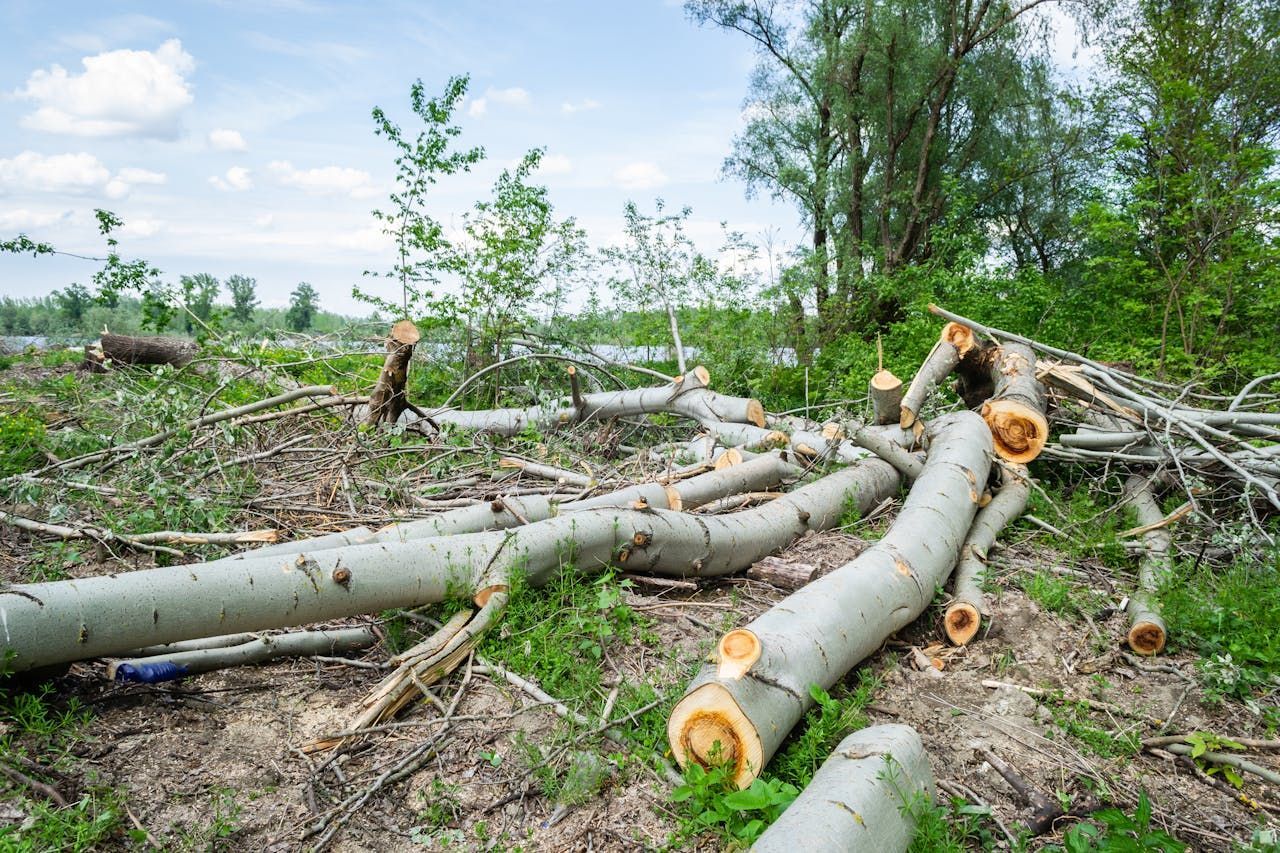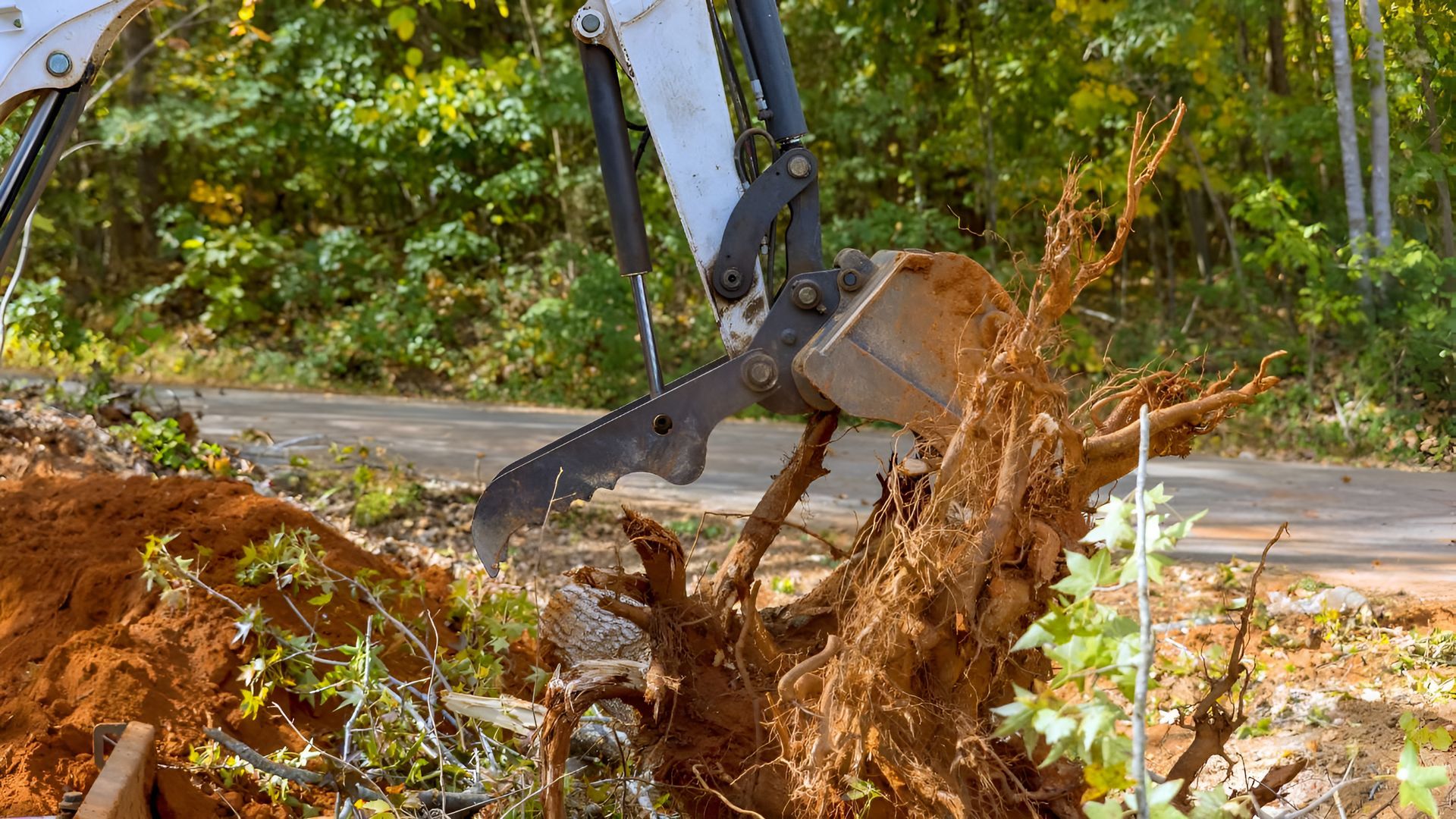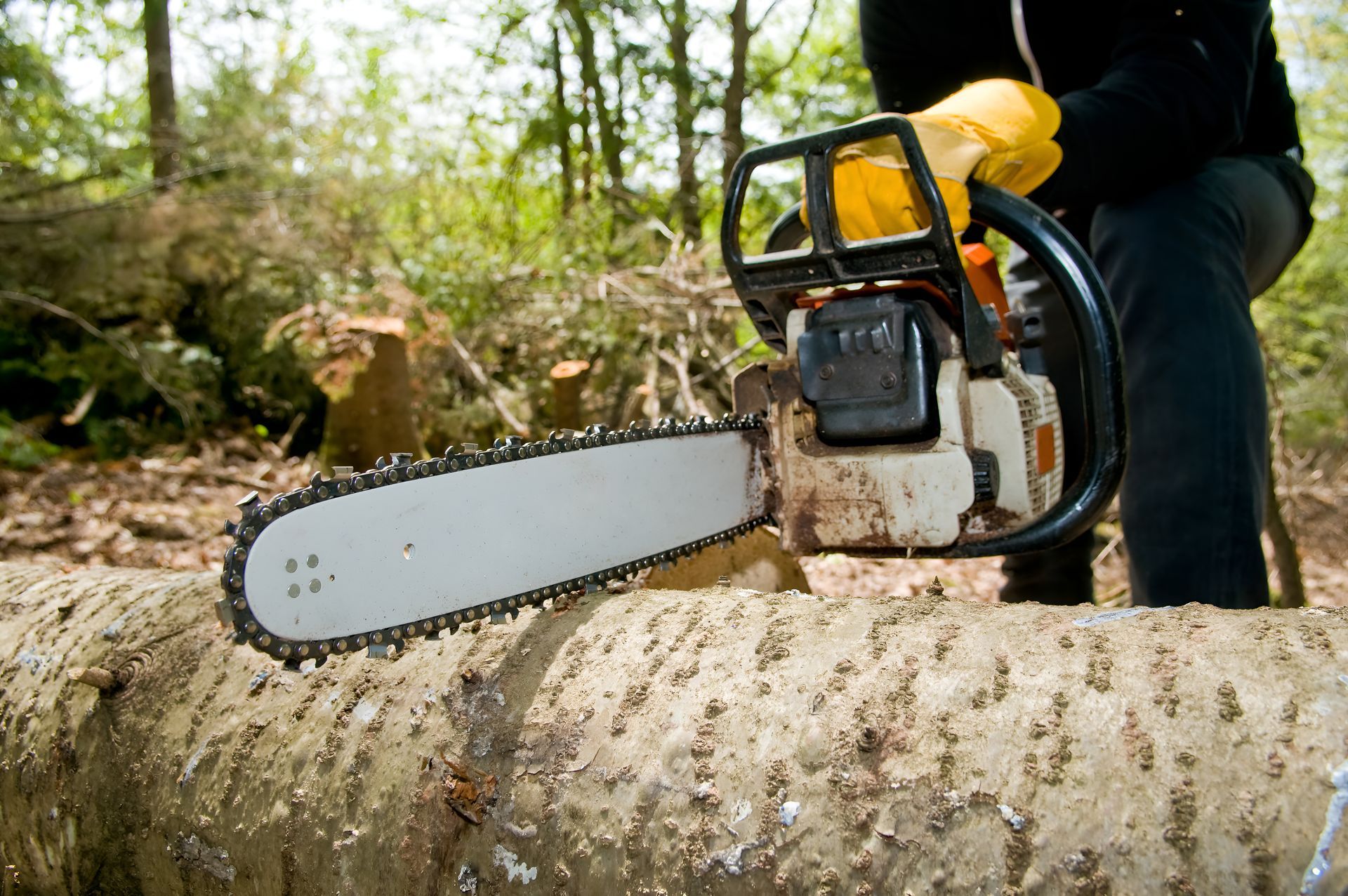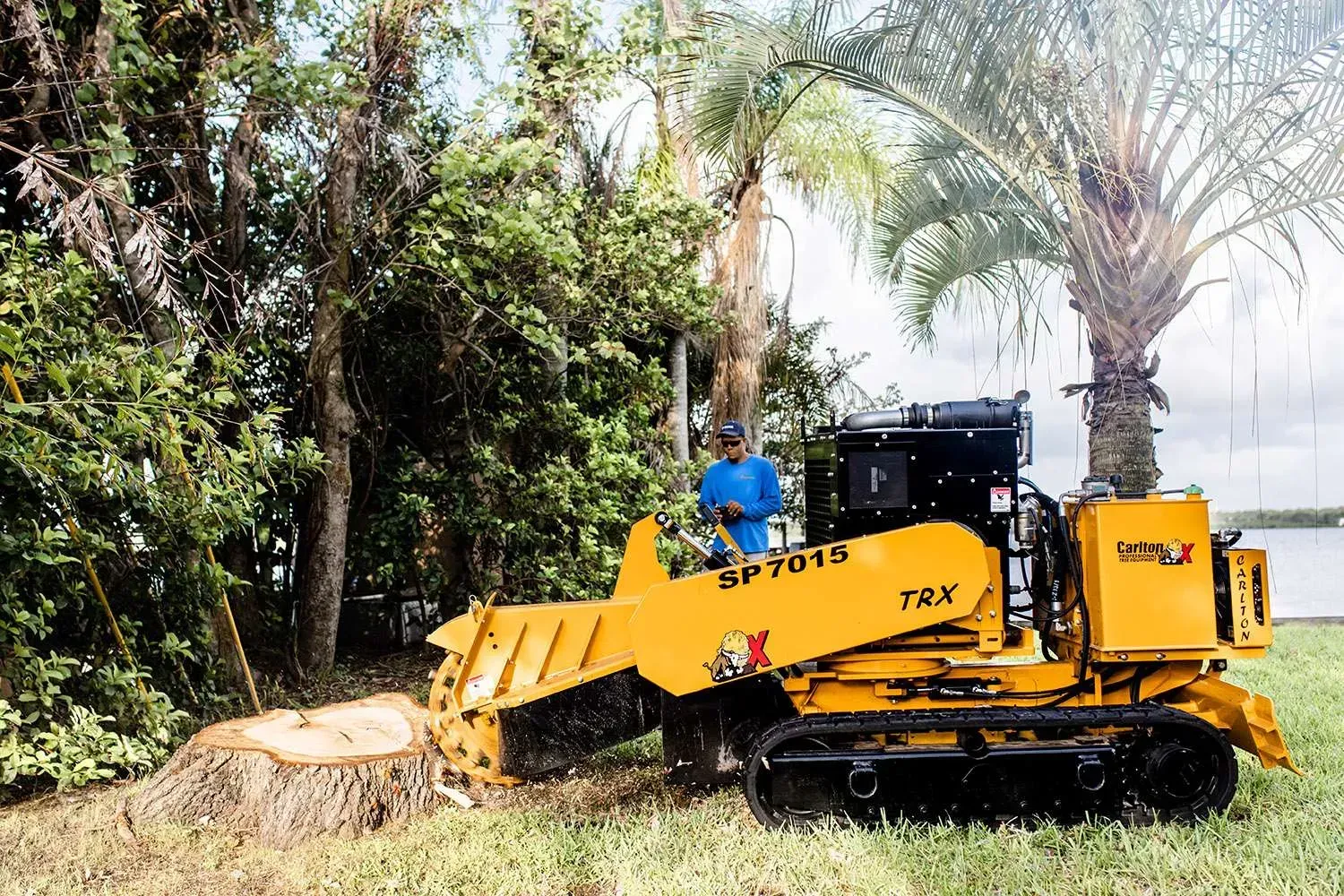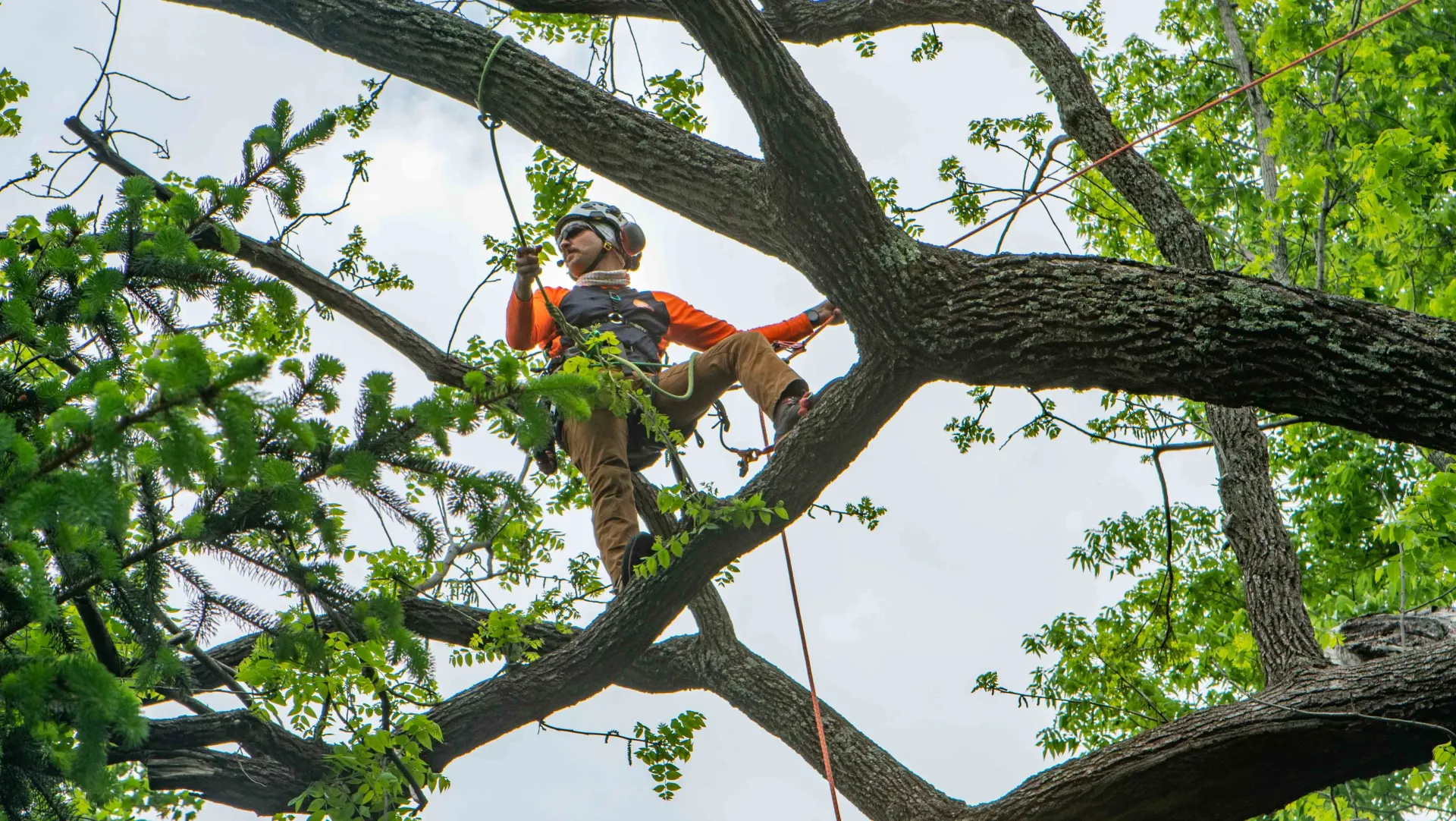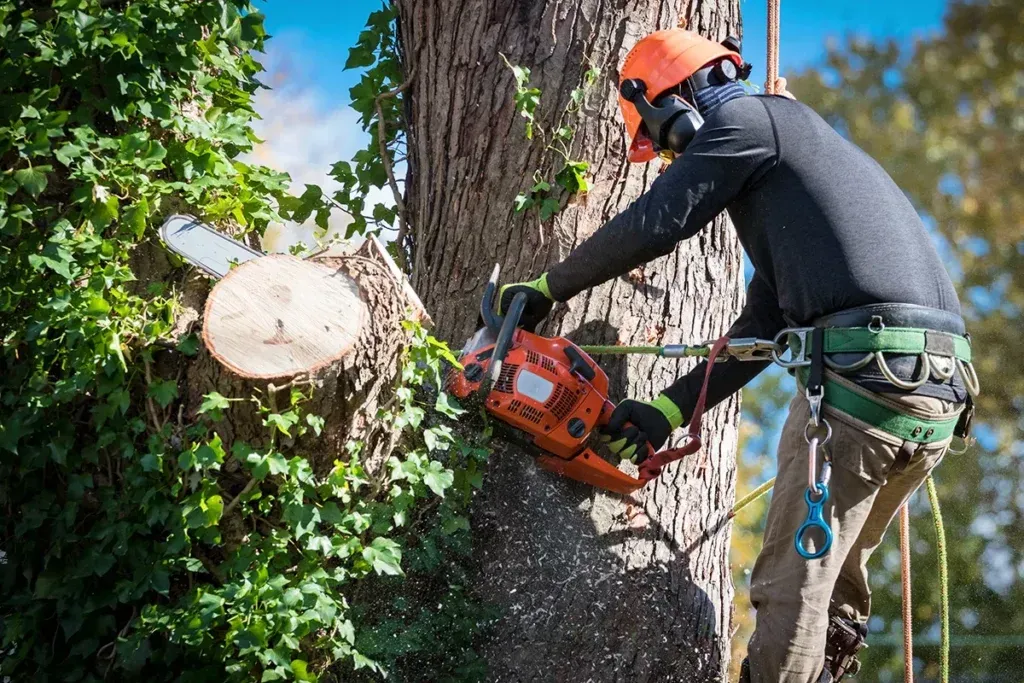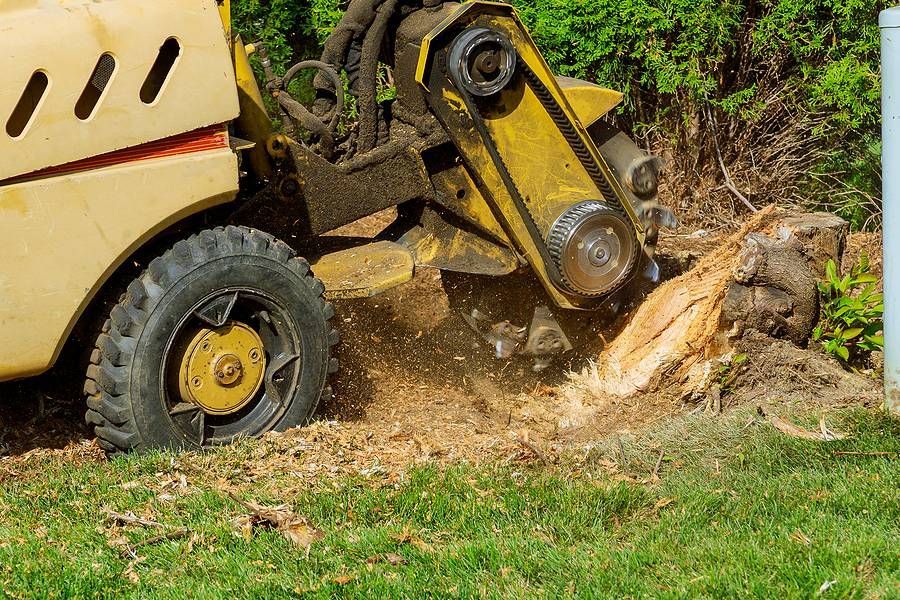Seasonal Tree Pruning Guide: When and How to Prune Different Tree Species
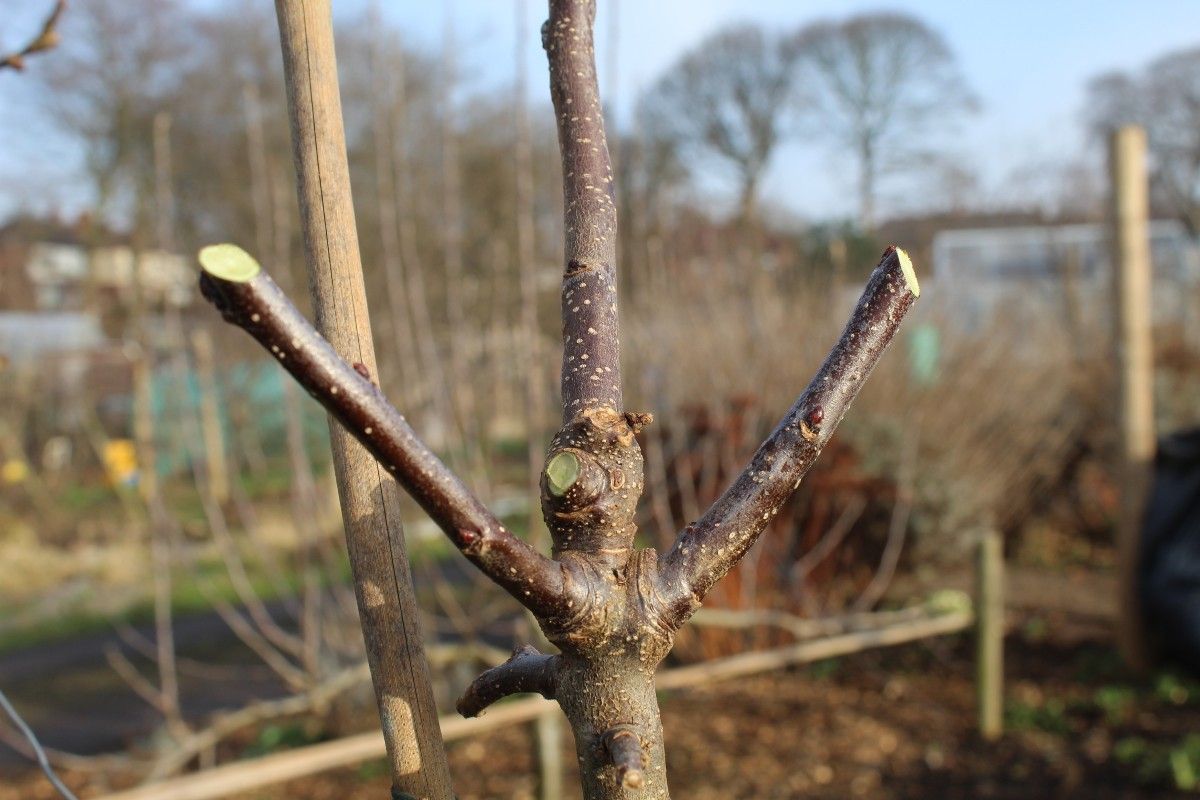
Maintaining healthy, beautiful trees year-round doesn’t have to be complicated. The key lies in knowing the best time to prune trees and understanding how different species respond to seasonal changes. At Fowlkes Tree And Stump Removal, we know that proper pruning is more than just cutting limbs—it's a science and an art that helps trees grow stronger, live longer, and look better.
In this guide, we’re diving into seasonal tree pruning techniques and sharing how to approach pruning different tree species the right way. Whether you’re caring for delicate ornamentals or towering shade trees, this guide will help you prune confidently and correctly.
Why Seasonal Tree Pruning Matters
Pruning isn’t just for aesthetics—it plays a critical role in tree health and safety. Trimming away dead or damaged limbs helps prevent disease, improves air circulation, and reduces the risk of falling branches. But timing matters just as much as technique.
Here’s why seasonal tree pruning is so important:
- Different tree species heal best at different times of the year.
- Pruning at the wrong time can expose trees to pests or disease.
- Seasonal cuts can improve flowering, fruit production, and structural integrity.
Understanding the seasonal rhythm of your trees is essential to keeping your landscape safe and thriving.
Best Time to Prune Trees by Season
When it comes to the best time to prune trees, every season offers its own set of benefits and challenges. Let’s break down what each season means for your trees.
Winter Tree Pruning: Ideal for Structure and Growth
Winter, especially late winter before bud break, is the go-to season for most structural pruning. Trees are dormant, which means they’re less susceptible to stress and disease.
Why prune in winter?
- Cuts heal faster in early spring.
- Bare branches reveal tree shape more clearly.
- Promotes robust spring growth.
Great for:
- Oak
- Maple
- Apple
- Pear
Avoid pruning:
- Trees that flower in early spring (wait until after blooming).
Spring Tree Pruning: Light Touch Only
Once trees start budding and flowering, pruning should be kept to a minimum. Spring is best for correcting small issues, not major reshaping.
Use spring for:
- Removing storm-damaged limbs.
- Light shaping after flowering for early-bloomers like dogwood and cherry.
Avoid heavy cuts:
- Trees are putting energy into new growth, and large cuts can stress them.
Summer Tree Pruning: Manage Size and Shape
After spring growth, summer is a good time for thinning out dense canopies and managing size. Pruning in summer can also help direct growth by slowing it down.
Use summer to:
- Remove water sprouts and suckers.
- Shape ornamental trees.
- Control fast-growing species.
Great for:
- Birch
- Elm
- Cedar
Avoid pruning:
- During extremely hot, dry spells to reduce stress.
Fall Tree Pruning: Proceed with Caution
Fall might seem like a great time to tidy up your yard, but it's not ideal for most tree species. Pruning stimulates new growth, which can be damaged by early frosts.
Avoid fall pruning unless:
- You're removing hazardous or clearly dead limbs.
- You’re trimming small branches on certain evergreens.
Pruning Different Tree Species: What to Know
Each tree has its own growth cycle, structure, and pruning needs. Here’s how we approach pruning different tree species at different times of year.
Fruit Trees
Best time: Late winter to early spring
- Encourages better air circulation and fruit production.
- Keeps size manageable for harvesting.
Tip: Use an open-center pruning method for apples and pears to let in more sunlight.
Flowering Trees
Timing depends on when they bloom.
- Spring bloomers (like dogwood or magnolia): Prune right after flowers drop.
- Summer bloomers (like crape myrtle or catalpa): Prune in late winter or early spring.
Tip: Cutting too early can reduce blooms.
Shade Trees
Best time: Late winter
- Helps form a strong central leader.
- Reduces risk of storm damage.
Tip: Never remove more than 25% of the canopy in one season.
Evergreens
Best time: Late spring to early summer
- These trees grow slower, so pruning should be minimal.
- Focus on shape and removing dead interior branches.
Tip: Avoid cutting back into old wood on species like pine and spruce—they don’t regrow from it.
Tools You Need for Seasonal Tree Pruning
Using the right tools makes pruning easier and safer. Here’s a basic checklist:
- Hand pruners – for branches under ½ inch thick
- Loppers – for limbs up to 2 inches thick
- Pruning saw – for larger branches
- Pole saw – for higher limbs (with caution)
- Gloves and safety glasses – always protect yourself
Keep tools clean and sharp to make cleaner cuts and prevent spreading disease
Signs It’s Time to Prune
If you're unsure whether it's the best time to prune trees, check for these signs:
- Branches are rubbing or crossing
- Dead or broken limbs are visible
- Tree is leaning or unbalanced
- Growth is too close to buildings or power lines
- Fewer flowers or fruit than expected
Remember, pruning isn’t always about aesthetics—it’s often about safety and tree longevity.
Mistakes to Avoid in Seasonal Tree Pruning
Even with the best intentions, it’s easy to make a few common errors. We always recommend avoiding these pitfalls:
- Topping: Cutting the top off a tree damages its structure and health.
- Over-pruning: Removing too much at once stresses the tree.
- Wrong timing: Pruning at the wrong season can lead to disease or stunted growth.
- Improper cuts: Flush cuts or leaving stubs can invite decay.
When in doubt, it’s always a smart move to call in the pros—especially for larger or high-risk jobs.
When to Call a Professional for Tree Pruning
While light pruning can be a DIY task, some situations call for expert care. Here’s when to give us a call:
- The tree is near power lines or structures
- Branches are too high to reach safely
- Tree health is in question
- You need advice on pruning different tree species
- You're unsure of the best time to prune trees
At Fowlkes Tree And Stump Removal, we’re committed to keeping your trees safe, strong, and beautiful all year long. We tailor our pruning techniques to your specific species and seasonal needs
Key Takeaways on Seasonal Tree Pruning and Species Care
Let’s recap the most important points from this guide:
- Seasonal tree pruning improves tree health, shape, and safety.
- Winter is best for most species; spring and fall require caution.
- Pruning different tree species requires knowledge of their growth habits.
- The best time to prune trees varies by type and desired outcome.
- Always use clean, sharp tools—and don’t overdo it.
- When in doubt, professional help ensures your trees get the right care.
Ready for Healthier Trees? Let’s Prune Smart, Not Hard
If you're ready to schedule a seasonal pruning or need expert advice, Fowlkes Tree And Stump Removal is here to help. We understand local tree species and seasonal patterns, and we know how to keep your landscape safe and thriving. Contact us today at 319-327-1199 or email us at fowlkestreeandstumpremoval@gmail.com to learn more! Let’s work together to keep your trees healthy and strong—season after season.
Frequently Asked Questions
How does seasonal tree pruning benefit my trees?
Seasonal tree pruning helps maintain your trees’ health by removing dead or weak limbs at the most effective times of year. Pruning during the correct season encourages strong growth, enhances flower and fruit production, and reduces the risk of pests or disease. At Fowlkes Tree And Stump Removal, we tailor our approach to the seasons to ensure every cut supports long-term tree vitality.
What’s the best time to prune trees in Iowa?
The best time to prune trees in Iowa is typically late winter to early spring, before new growth starts. This timing minimizes stress on the tree and promotes healthy recovery. However, timing can vary depending on the tree species and your specific pruning goals. Some trees benefit from summer shaping, while others should only be trimmed after flowering.
Does pruning different tree species require different techniques?
Absolutely. Pruning different tree species requires a customized approach. For example, fruit trees like apple and pear need specific shaping for better yield, while evergreens need minimal trimming to avoid damage. Understanding each species’ growth cycle is crucial to making the right cuts at the right time.
Is it okay to prune trees in the fall?
In general, fall is not the best time to prune trees. Many trees are preparing for dormancy, and cuts made in fall can encourage new growth that may not survive winter. The exception is removing dead or hazardous limbs. For safe and strategic pruning, we recommend waiting until winter or early spring unless there's an urgent safety concern.
How do I know when seasonal tree pruning is needed?
Look for signs like crossing branches, dead limbs, or overgrowth near buildings or power lines. These are clear indicators that seasonal tree pruning may be necessary. If you're unsure, our team can assess your trees and determine the best seasonal strategy, especially when it comes to pruning different tree species for long-term health and structure.

